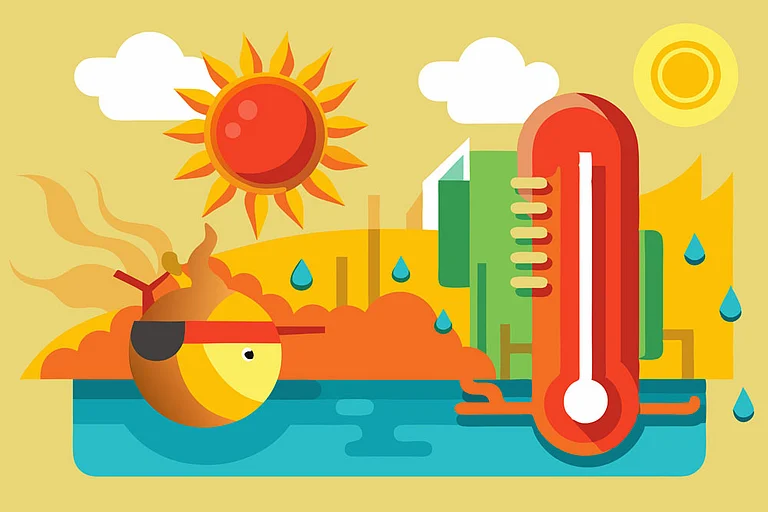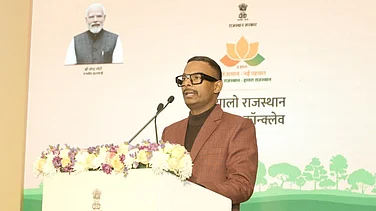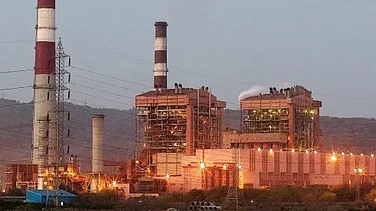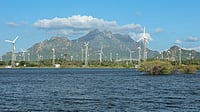The India Meteorological Department (IMD) has predicted that heat wave to severe wave conditions are likely over Rajasthan till May 25. Punjab, Haryana, Chandigarh and East Rajasthan are expected to experience heatwave conditions till May 23.
Before the heavy rainfall and a dust storm brought some respite —while wreaked havoc in Delhi-NCR — the national capital was reeling under extreme heat on May 21, recording a “feels like” temperature of 50.2 degrees Celsius earlier in the day.
According to Economic Times, the IMD had attributed humid weather to western disturbances bringing rain and thunderstorms. Additionally, a strong cyclonic system over the Arabian Sea is pushing extra moisture towards Delhi, increasing humidity and contributing to unusual hot weather conditions.
The New Indian Express also reported that extreme heatwave conditions, dust storm and warmer nights could persist, especially in Northwest India.
Integrating Cool Strategy
India is taking steps to improve thermal comfort by making homes and cities more heat-resilient through policies and design standards.
The India Cooling Action Plan (ICAP) promotes passive cooling techniques like natural ventilation, cool roofs and shading. Housing schemes like PMAY 2.0 and the new PRiTHVi initiative aim to build climate-friendly, affordable housing. National building codes such as Eco-Niwas Samhita and updated bye-laws now mandate heat-reducing features like reflective roofs and insulation. Green building ratings also reward heat-smart construction practices.
However, despite these national-level efforts, mainstreaming thermal comfort in Indian cities faces hurdles due to gaps in local implementation. Many states and Union territories have yet to notify ENS and ECSBC or integrate them into municipal bye-laws. Limited capacity and enforcement further hinder progress.
Communities Must Act
Local communities can also join hands and work for prevention from extreme heat instead of waiting for a top-down action. Returning to traditional practices like flexible work hours can help people avoid the hottest parts of the day. Cities can install cooling stations, water points and shaded bus stops.
Hospitals can adapt by shifting sensitive units to cooler floors and setting up heatstroke wards, as done in Ahmedabad under a national health programme. Reliable power for cooling and hydration in medical facilities can also help.
Additionally, schools, neighbourhoods and communities should work on raising awareness on priority as extreme heat hits the most vulnerable the hardest.




























